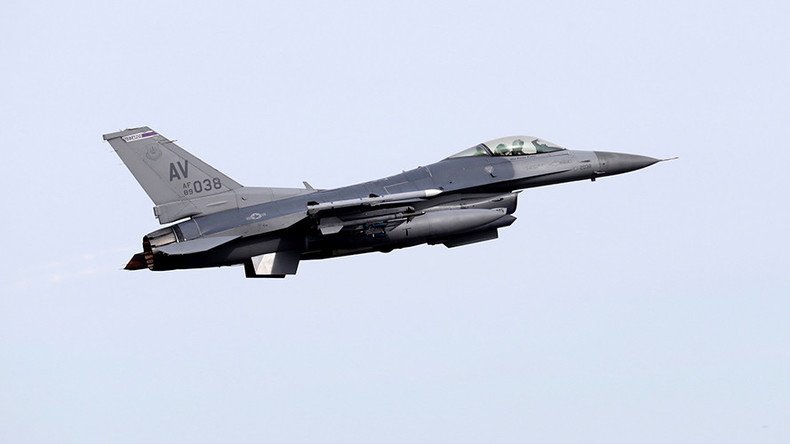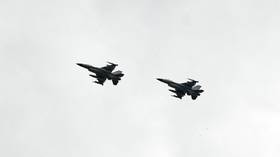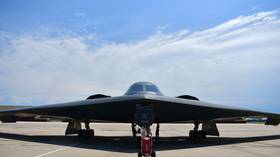F-16 crashes in Bagdad, Arizona; condition of fighter pilot unknown

An F-16 fighter jet from Luke Air Force Base crashed near Bagdad, Arizona on Thursday morning, the base said. The pilot’s condition and the cause of the crash are both unknown.
The plane is assigned to the 56th Fighter Wing, base officials said on their website.
Bagdad is in northwest Arizona, 85 miles (137km) northwest of Luke AFB, which is in the Phoenix suburb of Glendale.
The Fighting Falcon crashed around 8:45 a.m. local time. The cause of the crash is unknown, Luke spokeswoman Lieutenant Tanya Wren said.
The first operational F-16 began flying in January 1979. The 56th Fighter Wing, part of the Air Education and Training Command is the largest fighter wing in the world and the Air Force’s only active-duty F-16 training wing, according to Luke AFB. The 56th is home to 23 squadrons with both F-35A Lightning II aircraft and F-16s. It graduates more than 400 F-16 pilots and 300 air control professionals annually, from both the USAF and allied countries.
Some F-16s can carry a second crew member, but it is unclear if there was a wingman aboard, the Arizona Republic reported.
BREAKING: Fighter jet crashes in South Carolina after colliding with civilian plane http://t.co/V2hRWHmEg6pic.twitter.com/tnEV0kTWk6
— RT America (@RT_America) July 7, 2015
In July, a Fighting Falcon collided with a Cessna C-150 and crashed near Charleston, South Carolina. The two civilians aboard the smaller plane were killed, while the F-16 pilot safely ejected.












